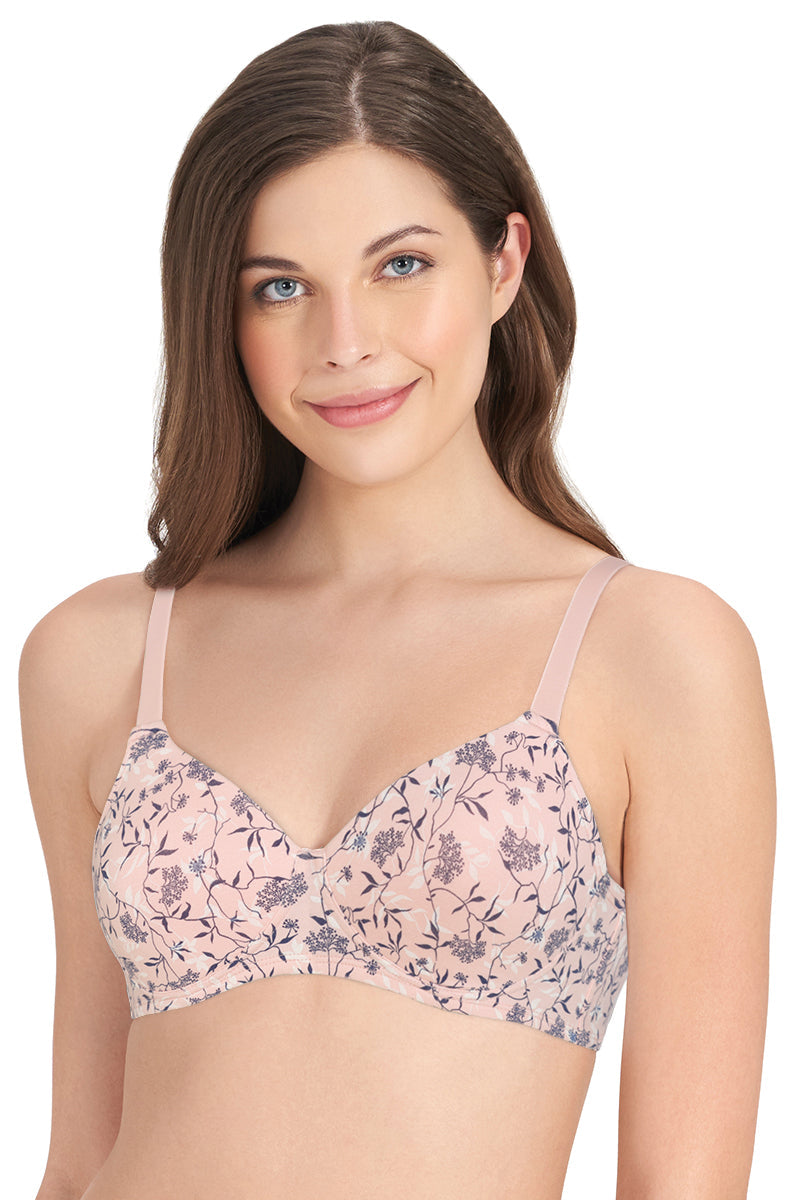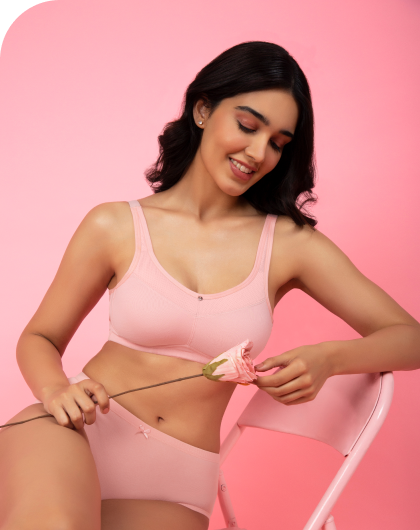What is ABCD in Bra Size?

Summary: Bra sizes combine a band number and a cup letter A, B, C, or D, where the letter reflects the difference between your bust and band measurements. A means a 1-inch difference, B is 2 inches, C is 3, and D is 4. Cup size increases with both letter and band size. Understanding ABCD in bra sizing helps you choose the right fit.
Understanding bra sizes can feel like decoding a secret language, especially when letters like A, B, C, and D come into play.
But these letters are more than just alphabet soup; they’re crucial indicators of your cup size and a key component of a well-fitting bra.
In this expert guide, we break down what ABCD means in bra sizing, how it relates to fit, and how you can use this knowledge to find the right support for your body.
Understanding the Bra Size
A bra size consists of two elements:
- Band size (the number, e.g., 32, 34, 36)
- Cup size (the letter, e.g., A, B, C, D)
Example:
A bra size of 34B means:
- The band (under bust) measurement is approximately 34 inches.
- The cup size is a B, which reflects the volume of the bust in relation to the band size.
So while the number tells you how snug the band should be around your ribcage, the letter reflects how much breast tissue the cups are designed to hold.
What Do A, B, C, and D Mean in Bra Sizes?
The cup size (A, B, C, D, etc.) represents the difference between your bust measurement (across the fullest part of your chest) and your band measurement (around the ribcage under the bust).
Here's how it generally works:
| Cup Size | Bust - Band Difference | Volume Description |
| A | 1 inch | Small cup size |
| B | 2 inches | Moderately small cup |
| C | 3 inches | Medium cup size |
| D | 4 inches | Full cup size |
Note: This scale can vary slightly by country and brand, but the principle remains the same.
Why It Matters:
The cup size is relative to the band size. A 34B is not the same as a 36 B. The cup in 36B is actually bigger. This is due to what’s called sister sizing, where cup volume changes with band size.
So when you see A, B, C, or D:
- A cup is generally suited for smaller busts.
- B and C cups are considered moderate, offering more volume and projection.
- D cup and above are designed for fuller busts.
Conclusion
Decoding ABCD in bra sizes is the first step toward finding a bra that actually fits and feels right. Once you understand that:
- A, B, C, and D refer to the cup volume,
- and it’s based on your bust-to-band difference,
…you’ll be much more confident when shopping for bras, whether online or in-store.
Proper fit isn’t just about comfort; it’s about posture, shape, and even how your clothes look. So don’t settle for guesswork, measure, understand, and shop smart.
FAQ
Which cup size is bigger: A, B, or C?
C is the largest among the three. Here’s the order in increasing volume: A < B < C. Each step up adds about one inch to the bust-to-band difference.
Which is larger in size: D, B, or C?
D is the largest, followed by C, then B. Each letter represents an additional inch of difference between your bust and band measurement.
Check out our other blogs:



